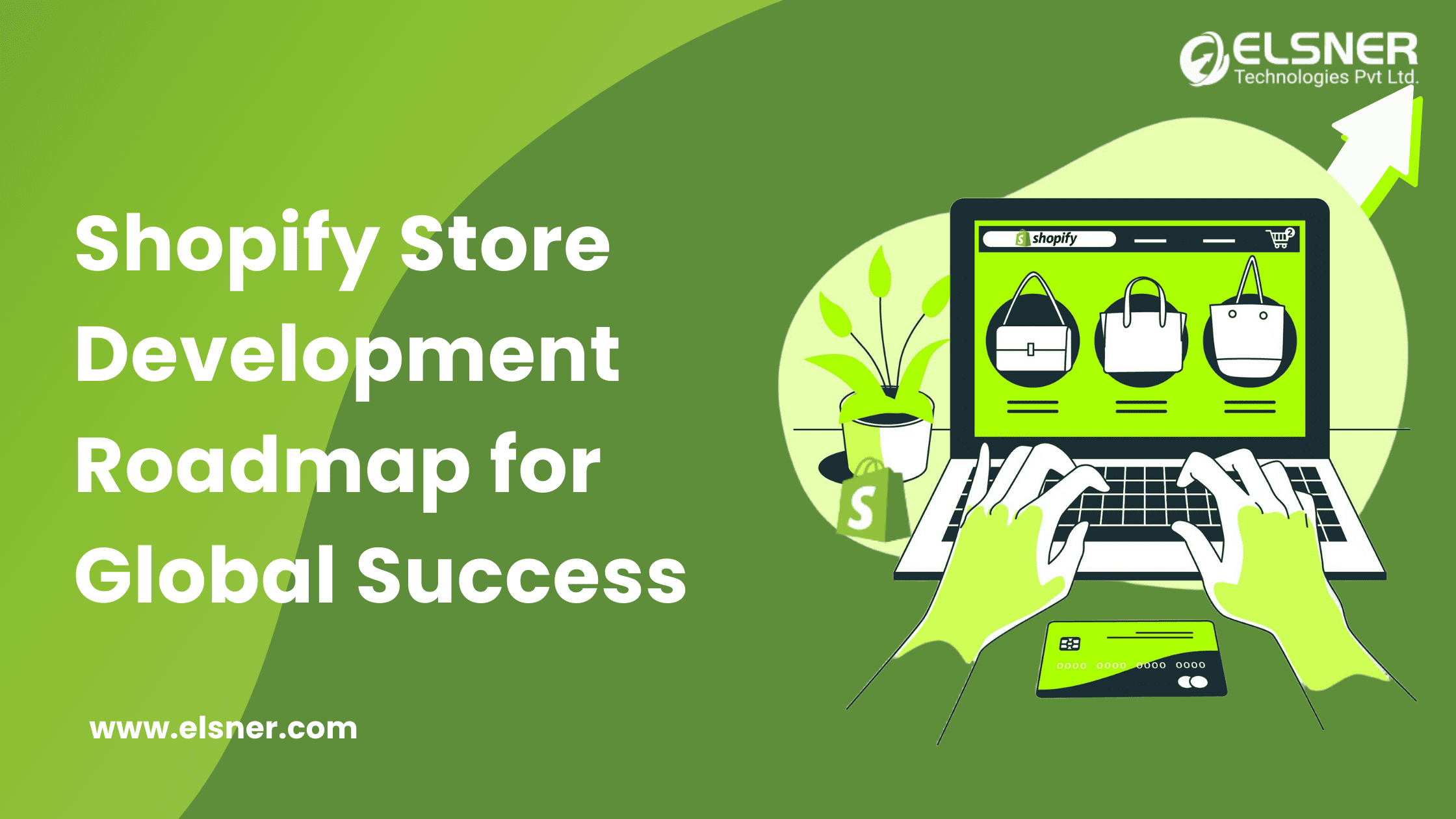- 1. Enhanced Checkout and Customer Accounts Editor
- 2. Checkout Configurations for Quick Customization
- 3. New UI Extensions
- 4. Custom Address Autocomplete
- 5. Sunset of Additional Scripts and Script Tags
- How to Update Your Store to Shopify’s New Checkout?
- Should You Upgrade to Shopify’s New Checkout?
- Conclusion
Shopify, a leading Ecommerce platform, has introduced a revamped checkout system that is now accessible to all merchants, not just those on the Shopify Plus plan. This update was previously available only in a developer preview but has now been rolled out to all plans, offering enhanced features and customization options for merchants at every level. This update brings significant changes that could improve customer experience and operational efficiency for those using the traditional checkout process. In this article, we’ll dive into the top five changes in Shopify’s new checkout and explain how you can upgrade your store to take full advantage of these features.
1. Enhanced Checkout and Customer Accounts Editor
One of the most exciting changes in Shopify’s new checkout system is the introduction of a checkout editor. This editor allows merchants to make direct modifications to their thank you page and order status page within the theme editor. This gives merchants more control over post-purchase communication with customers, enabling them to personalize the entire purchase journey from start to finish.

The new editor eliminates the need for complex coding for merchants who want to make minor changes or tweaks to these key customer touch points. This update can be handy for businesses that want to include custom messaging, promotions, or feedback forms directly after purchase, giving them the flexibility to create a more engaging and tailored experience.
Steps to Access the Checkout Editor:
- Go to your Shopify Admin and navigate Sales channels > Online Store > Themes.
- Click on Customize for your theme (typically, this will be the published theme).
- In the header bar of the theme editor, choose Checkout and Customer Accounts.
- Select either the thank you page or the order status page for editing.
This step-by-step process makes it easy for merchants to enhance checkout experience without needing third-party applications or developers.
2. Checkout Configurations for Quick Customization
Shopify’s new checkout system also introduces checkout configurations, which function similarly to a theme library but specifically for checkout pages. Merchants can create multiple configurations for their checkout experience, such as one-page or multi-page layouts, and save these versions for future use. This feature offers unprecedented flexibility, allowing merchants to switch between checkout setups based on promotions, seasonal events, or A/B testing requirements.

Currently, merchants can create as many configurations as they like, but only one can be published simultaneously. This limitation suggests that more advanced features like A/B testing may be introduced in future updates, allowing merchants to test different configurations and optimize for better conversion rates.
Steps to Create a New Checkout Configuration:
- From your Shopify Admin, go to Settings > Checkout.
- Under the Configurations section, you’ll see your existing checkout configuration.
- Duplicate the current configuration, then make any desired changes to the layout, branding, or structure.
- While you can create multiple configurations, only one can be live at a time, so choose the best one to publish.
The ability to customize checkouts with different layouts, colors, fonts, and branding will likely lead to improved conversion rates as merchants can experiment with other strategies for creating a seamless checkout experience.
3. New UI Extensions
Shopify has also rolled out UI extensions for the thank you and order status pages, available across all pricing plans, including Basic. Previously, these kinds of advanced customizations were limited to Shopify Plus merchants, but now they are accessible to everyone.
These UI extensions allow app developers to create customized apps that enhance the post-purchase experience, such as offering upsells, collecting feedback via surveys, or providing gifts. This change marks a significant expansion of functionality, especially for merchants previously limited by their plans.
Shopify Developers are likely to take advantage of these new features, so merchants should expect to see a variety of new apps and integrations to enhance the thank you page and order status page.
4. Custom Address Autocomplete
Another helpful feature of the new checkout system is the ability to choose custom providers for address autocomplete services. Shopify’s default option is Google Place Autocomplete API, which automatically suggests addresses by customer type, making the checkout process faster and more efficient.
However, Shopify allows merchants to integrate third-party providers into their checkout system enhancing their Shopify development services. This gives merchants more flexibility in choosing the service that best suits their business needs, especially in regions where Google’s services might be less effective or more expensive.
This customizability speeds up the checkout process and reduces the likelihood of customers entering incorrect address information, leading to fewer shipping errors and a more streamlined fulfillment process.
5. Sunset of Additional Scripts and Script Tags
As part of the transition to the new checkout system, Shopify is phasing out checkout scripts and script tags by 2025. This change will impact merchants and developers who rely on custom code for checkout modifications, particularly those using checkout. Liquid. Instead, Shopify encourages merchants to use app embed mode, a more stable and secure way to integrate third-party applications into the checkout process.
For Shopify Plus merchants, the sunset date for these features is set for August 28, 2025, so businesses that rely heavily on custom scripts will need to plan for this transition well in advance.
App developers must adjust it as the embed mode becomes the recommended method for adding custom scripts to the checkout. While this might pose challenges initially, it’s likely to lead to a more secure and scalable environment in the long run.
How to Update Your Store to Shopify’s New Checkout?
If you’re ready to upgrade to Shopify’s new checkout, the first step is to remove any currently used custom scripts. Shopify has made this easier by creating a detailed custom scripts report that highlights all the custom scripts in your store and explains their functions. This report is beneficial for non-technical merchants, as it clarifies which scripts are essential and which can be removed without affecting store performance.
Once you’ve identified and removed all outdated scripts, you can use the new checkout and its improved features.

Steps to Access the Custom Scripts Report:
- Go to Settings > Checkout in your Shopify Admin.
- In the Configurations section, look for the note, “Your Thank you and Order status pages must be replaced.”
- Click the link to view your customization report.
This report will give you an overview of the custom scripts running on your store and help you identify any that need to be replaced or removed before you update the new checkout system.
Should You Upgrade to Shopify’s New Checkout?
The new checkout system offers significant improvements for merchants who want more control and flexibility over the checkout experience. The ability to customize thank you and order status pages, create multiple checkout configurations, and utilize new UI extensions will allow businesses to create a more tailored and engaging customer checkout experience.
However, the transition may be more challenging for merchants who rely heavily on custom scripts and work. These merchants may need to wait until more third-party app alternatives are available before fully upgrading.
Ultimately, the new checkout system represents a major step forward for Shopify, and upgrading is likely to benefit most merchants, especially as more apps and extensions become available. If you’re looking to optimize your store’s checkout process, now is the perfect time to explore Shopify’s new features and prepare for the future of Ecommerce.
Conclusion
With Shopify’s new checkout system, merchants are gaining powerful tools to enhance the customer journey, streamline operations, and improve checkout conversions. Whether you’re ready to make the switch now or need more time to transition, staying ahead of these changes will ensure your store is well-positioned to take advantage of Shopify’s latest innovations.

About Author
Varun Rajyaguru - Shopify Team Lead
Varun Rajyaguru is a Shopify specialist and Associate Team Lead at Elsner Technologies, where he excels in creating customized eCommerce solutions. With a strong background in web development and project management, Varun leverages Shopify's capabilities to build user-friendly online stores that enhance customer engagement and drive sales. Connect with Varun for innovative Shopify solutions tailored to your brand's unique needs.




